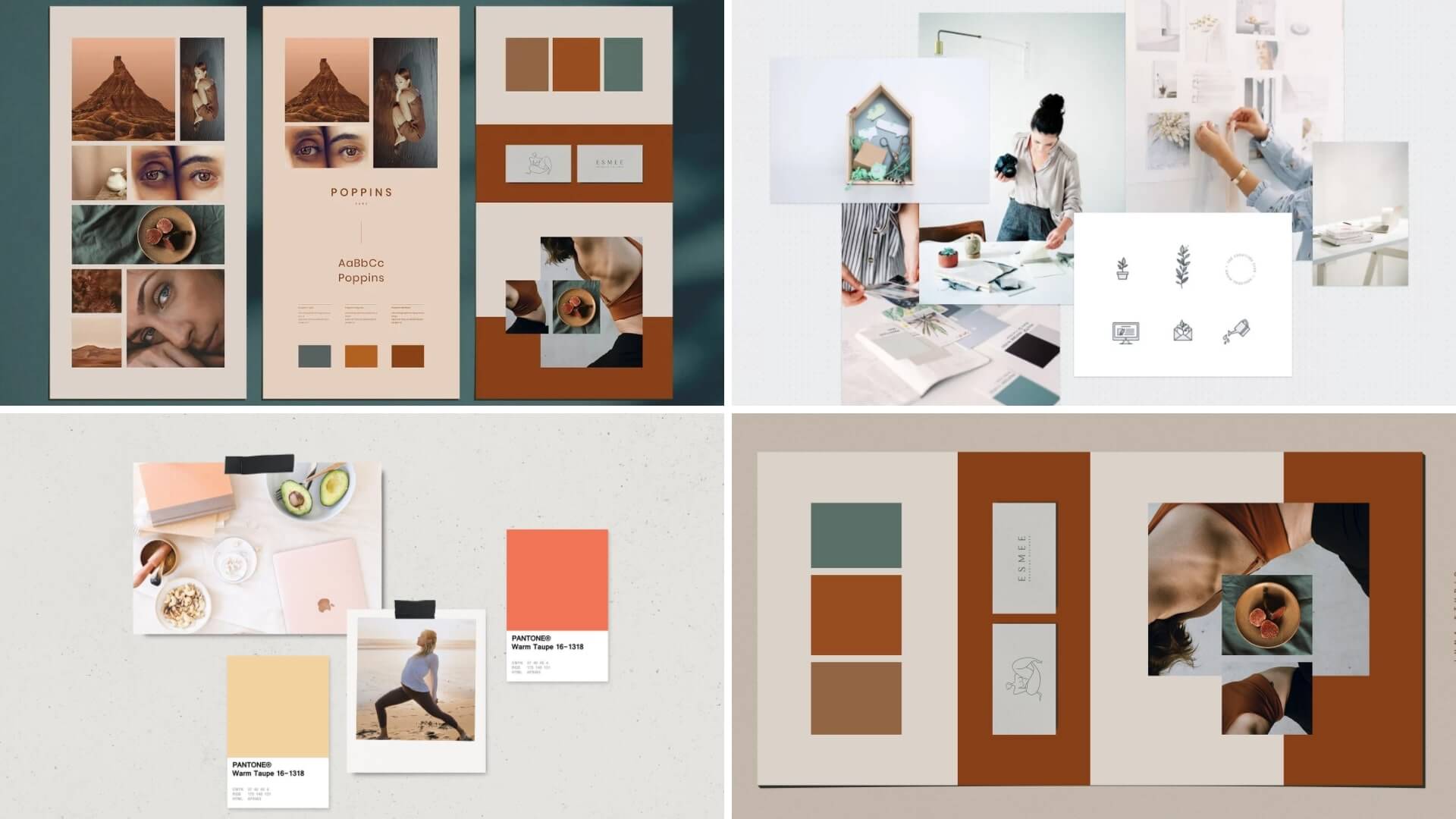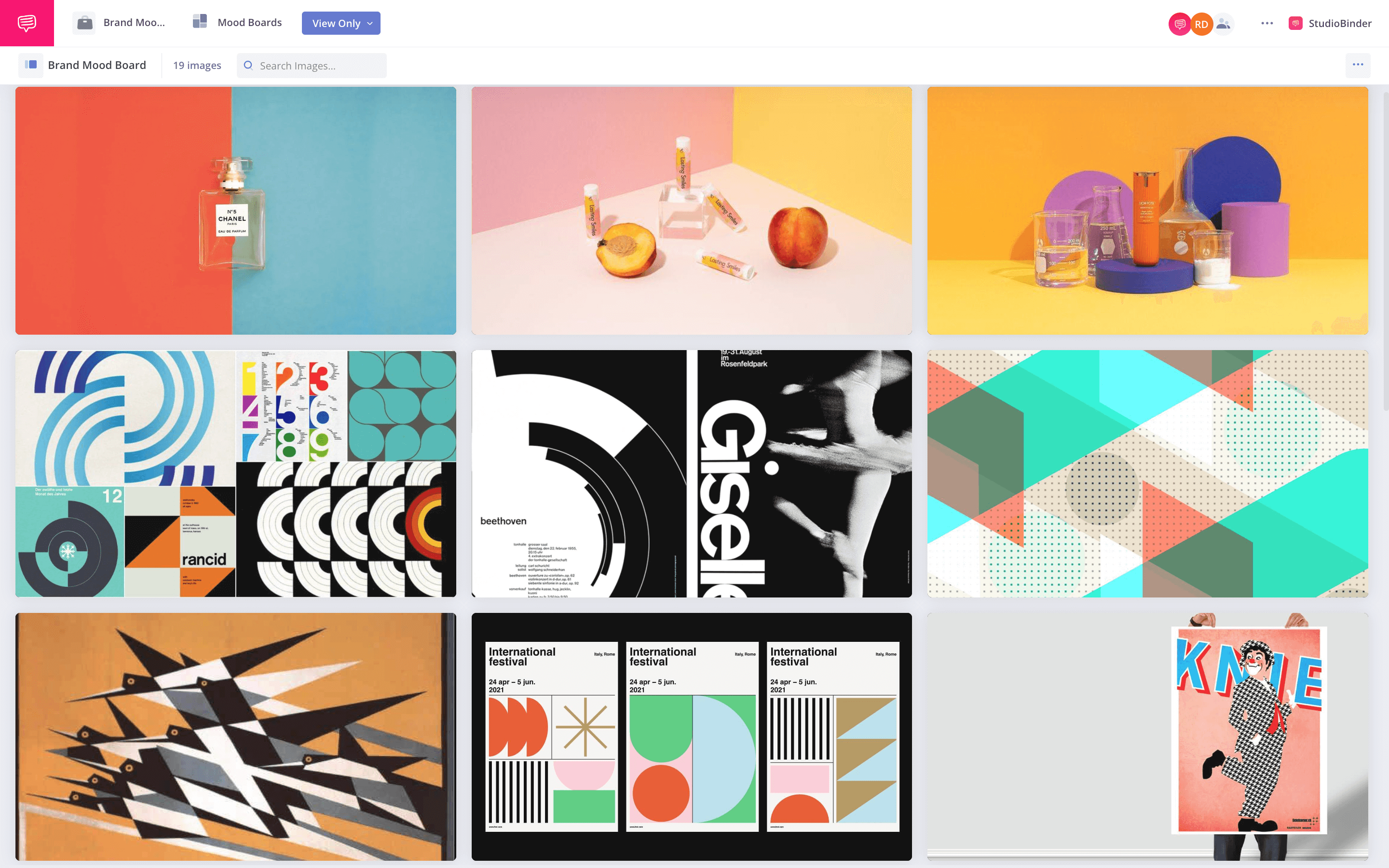Crafting your brand can feel like a daunting task. After all, how do you convey the essence of who you are and what your business stands for in just one look? The answer is simple: create a mood board. A mood board is a visual representation of your brand’s identity, including elements such as colors, fonts, and images that accurately reflect your company’s personality. Here’s how to make a brand mood board that aligns with your brand’s voice.
How to Make a Brand Mood Board Guide
Inspiration & research
When making a branding mood board you have to get inspired. Determine the feeling you want to evoke through your brand — the kind of energy that reflects who you are and what your business is about.
From here, start compiling imagery (photos & graphics) that represent this feeling and start jotting down potential colors & fonts that will help bring all these elements together into one cohesive look.
Looking through editorial photography, commercial photography, and other brands will be a good start to narrow down what type of visuals you like.
A great compass for gathering imagery that aligns with your brand is to think about your brand’s core values, mission statement, and target audience. Ask yourself questions such as “What words come to mind when I think of my brand?” and “What kind of feeling do I want customers to have when they interact with my product or service?”
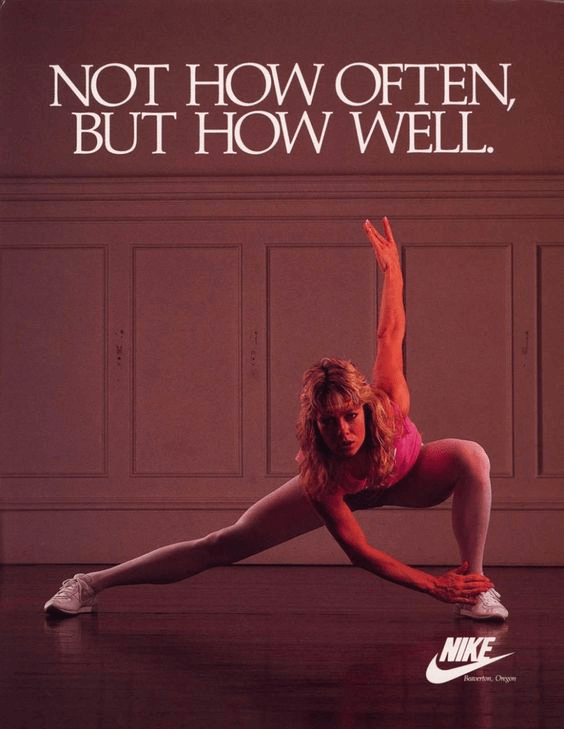
Brand Mood Board Examples
Once you have a better idea of the type of message you want to convey, it’s time to start researching different images, fonts, colors, textures, etc., that embody that message. Use Pinterest boards, photography mood boards, or other online resources to compile visuals that fit with your vision for your brand.
Related Posts
Learning How to Make a Brand Mood Board
Brainstorm color schemes & fonts
Now it’s time to narrow down which color schemes and fonts fit best with the overall aesthetic and vibe of your brand. The colors should be bold yet complementary — not too many choices or it will become overwhelming.
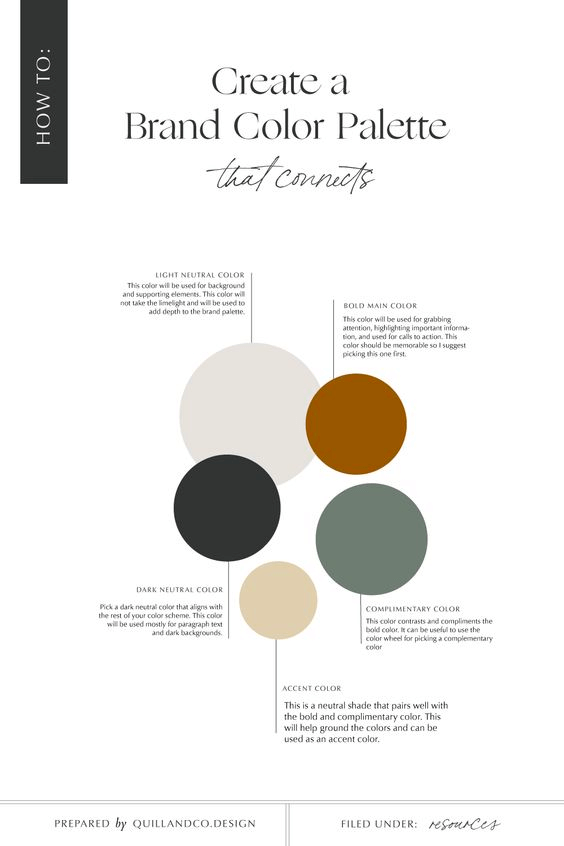
Brand Mood Board Examples • Colors
When it comes to fonts, consider two main options — one font for headlines and another for body copy — that match the vibe of your imagery.
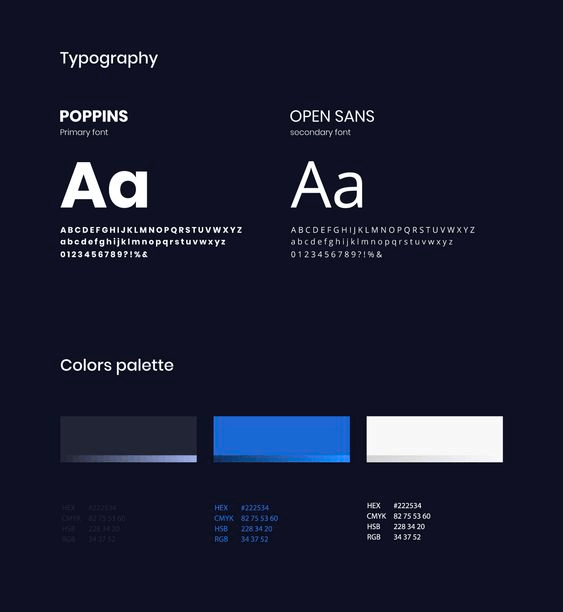
How to Make a Brand Mood Board • Fonts
Fonts are an essential element of brand design and recognition. The importance of the right font choice cannot be overstated; the font can set the tone, define the message, and create a unique impression on the consumer.
It’s important to choose a font that not only aligns with a brand's visual identity but also communicates its message in an effective way.
Creating a Branding Mood Board
Make it your own
Finally, make sure to include something unique about yourself or your business on each mood board so it stands out from the rest. This could be an image related to a hobby or interest, or perhaps an inspiring quote from a favorite author or mentor.
Whatever it is, make sure it resonates with you and speaks directly to who you are as a person/business.
Related Posts
How to Make a Brand Mood Board Digitally
Assembling the branding mood board
Now comes the fun part — assembling the board. While this can be done physically with cutouts and physical materials, a more efficient and effective way is to use online software. We chose to use StudioBinder’s intuitive mood board app to create a digital mood board. Check it out below.
Brand Mood Board Example
Once in the app, begin adding elements such as fonts, photos, illustrations, color palettes, patterns, etc., until you have created an eye-catching collage that perfectly expresses your brand's core message.
Creating a Mood Board for Branding
Refining Your Vision
Once you have assembled all of the elements onto your board, it's time to start fine-tuning them until they are just right. Take a step back from the project if necessary — sometimes taking a break helps us see things more clearly when we return — then come back with fresh eyes.
This is a great time to gather feedback from trusted peers. A brand is a means of communication with a consumer. How a consumer perceives that brand through the visual elements it uses is the whole point. Feedback gives you a window into how the brand you created will be received. Use it to refine and improve your brand vision.
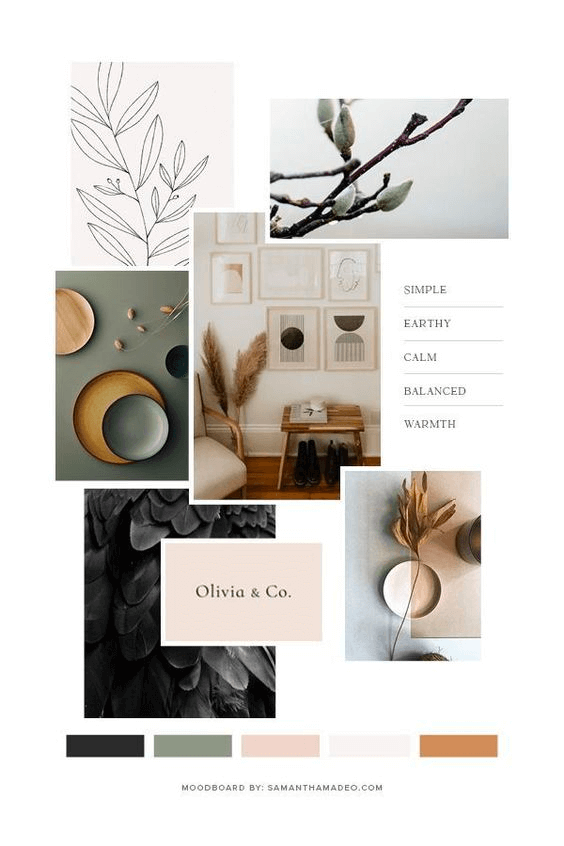
How to Make a Brand Mood Board • Example
Learning how to make a brand mood board can seem intimidating at first but when done right, it can become a potent tool for crafting an effective brand identity. By gathering inspirational visuals, designing color schemes & font choices that speak to your core values as well as adding personal touches that show off who you truly are, you can create the perfect mood board to represent your brand in no time.
Plus, having this on hand when designing marketing materials or website design will save tons of time in the long run. So what are you waiting for? Get started on crafting those creative elements today.
Create mood boards with a template
If you’re looking for more free mood board templates look no further.
No matter what creative project you're working on, we have mood board templates for photography, film, branded content, and more. See the entire collection in our template library where you'll also find templates for shot lists, storyboards, and AV scripts.
Related Posts
Up Next
What is a Mood Board?
Mood boards are incredibly helpful for providing a visual representation of ideas, impressions and feelings. To learn more about the components of a mood board, check out our next article.
Up Next: Mood Boards 101 →
Showcase your vision with elegant shot lists and storyboards.
Create robust and customizable shot lists. Upload images to make storyboards and slideshows.
